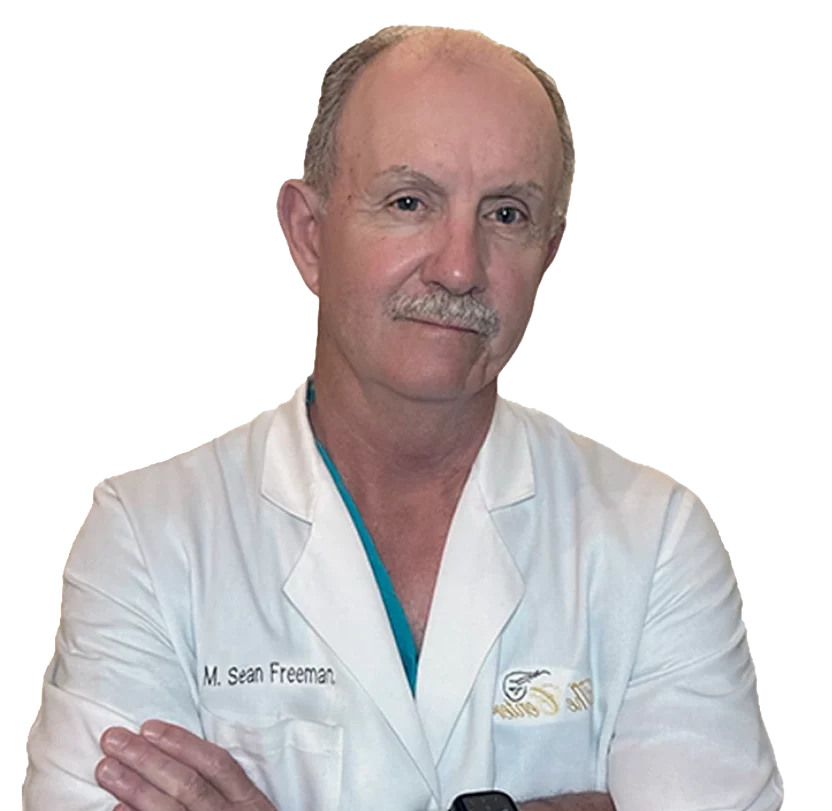Home » What Is the Difference Between Deep Plane Facelift and Regular Facelift?
A deep plane facelift is an advanced surgical technique that targets the deeper layers of the face, addressing facial aging at its structural foundation. Unlike traditional facelifts, which focus mainly on tightening the skin and minor tissue manipulation, the deep plane approach lifts and repositions the muscles, fat, and other deep tissues as a single unit. By working beneath the Superficial Musculoaponeurotic System (SMAS) layer, the surgeon can achieve more natural-looking, long-lasting results that better restore facial contours. This method is particularly effective for smoothing nasolabial folds, marionette lines, and sagging in the mid-face, providing a rejuvenated appearance without the “pulled” look that can result from more superficial techniques.
The durability of results represents another significant difference. While both procedures provide long-lasting rejuvenation, deep plane facelifts typically maintain their improvements for 10-15 years, compared to 7-10 years for traditional approaches. This extended longevity stems from the deep plane technique’s focus on repositioning underlying structural tissues rather than simply tightening facial skin. By addressing the foundational causes of aging rather than just surface manifestations, the deep plane approach creates more durable improvements that better resist the ongoing effects of gravity and aging.
The aesthetic outcome differs notably between techniques. Deep plane facelift surgery generally produces more natural-looking results because it repositions tissues in a more vertical direction that follows natural facial contours. This approach avoids the tight, windswept appearance sometimes associated with traditional facelifts. By preserving the natural relationship between different facial tissue layers while still providing significant lift, the deep plane technique creates rejuvenation that appears more organic and less surgically apparent.
Patients who undergo deep plane procedures frequently report satisfaction with how their results balance significant improvement while maintaining their fundamental facial character and expressions. The technique’s ability to reposition deeper tissue layers means improvements appear less like skin has been pulled tight and more like the face has been structurally rejuvenated. Additionally, the deep plane approach avoids the telltale signs of facelift surgery, such as distortion of the earlobe position or visible tension lines. For patients with moderate to advanced facial aging, particularly those with pronounced nasolabial folds or midface descent, the deeper technique generally provides superior aesthetic outcomes that appear more natural and last longer.
| Aspect | Regular Facelift | Deep Plane Facelift |
|---|---|---|
| Surgical Depth | Primarily targets SMAS and skin layers | Targets deeper facial tissues, including muscles and fat pads |
| Incisions | Around ear, temple, and lower scalp | Similar, with additional access points for deeper tissues |
| Areas Addressed | Jowls and neck laxity | Midface, nasolabial folds, and cheeks |
| Longevity of Results | 7-10 years | 10-15 years |
| Natural Appearance | May result in a tight, windswept look | More natural, follows facial contours |
| Recovery Time | Longer swelling and bruising | Less swelling, but initial swelling may be more noticeable |
| Scarring | Permanent scars, which typically fade over time | Finer scars, less tension on skin closure |
| Results | Improves jowls and neck, flatter midface | Restores volume and youthful contours, giving a more 3-dimensional look |
Only Faces is Charlotte’s premier destination for specialized facial plastic surgery, under the leadership of Dr. Sean Freeman, North Carolina’s most distinguished specialist. As a board-certified plastic surgeon with over 30 years dedicated exclusively to facial procedures, Dr. Freeman has pioneered revolutionary techniques that have become industry standards. His Preservation Deep Plane Facelift represents the cutting edge of facial rejuvenation, a procedure few surgeons in America have mastered. Dr. Freeman’s innovations extend beyond facelifts — he invented the Segmental Endoscopic Brow Lift for more natural results and the SOOF Lift Blepharoplasty, now considered the gold standard for lower eyelid surgery. His expertise in rhinoplasty, emphasizing closed techniques without visible incisions, has made him one of America’s most sought-after nose surgeons
Dr. Sean Freeman
When choosing between facelift techniques, understanding the fundamental differences can guide your decision toward the option that best addresses your specific concerns. The deep plane facelift lifts and repositions multiple tissue layers to achieve a natural-looking rejuvenation that stands the test of time. This advanced approach produces results that avoid the telltale signs of surgery while effectively addressing midface volume loss and structural aging by directly accessing and manipulating deeper facial tissues. Consulting with an experienced facial plastic surgeon specializing in both techniques will help determine which approach aligns with your aesthetic goals, facial anatomy, and desired recovery experience.

The deep plane facelift is a more advanced technique but also more demanding. It works beneath the surface to lift and reposition the deeper facial layers, delivering longer-lasting, more natural results.
Dr. Sean Freeman has been performing deep plane facelifts for over 20 years, long before it became the media’s favorite buzzword. His depth of experience means each procedure is done with precision, safety, and aesthetic sensitivity refining natural features, not distorting them.
In facial plastic surgery, the technique matters but the surgeon matters more.